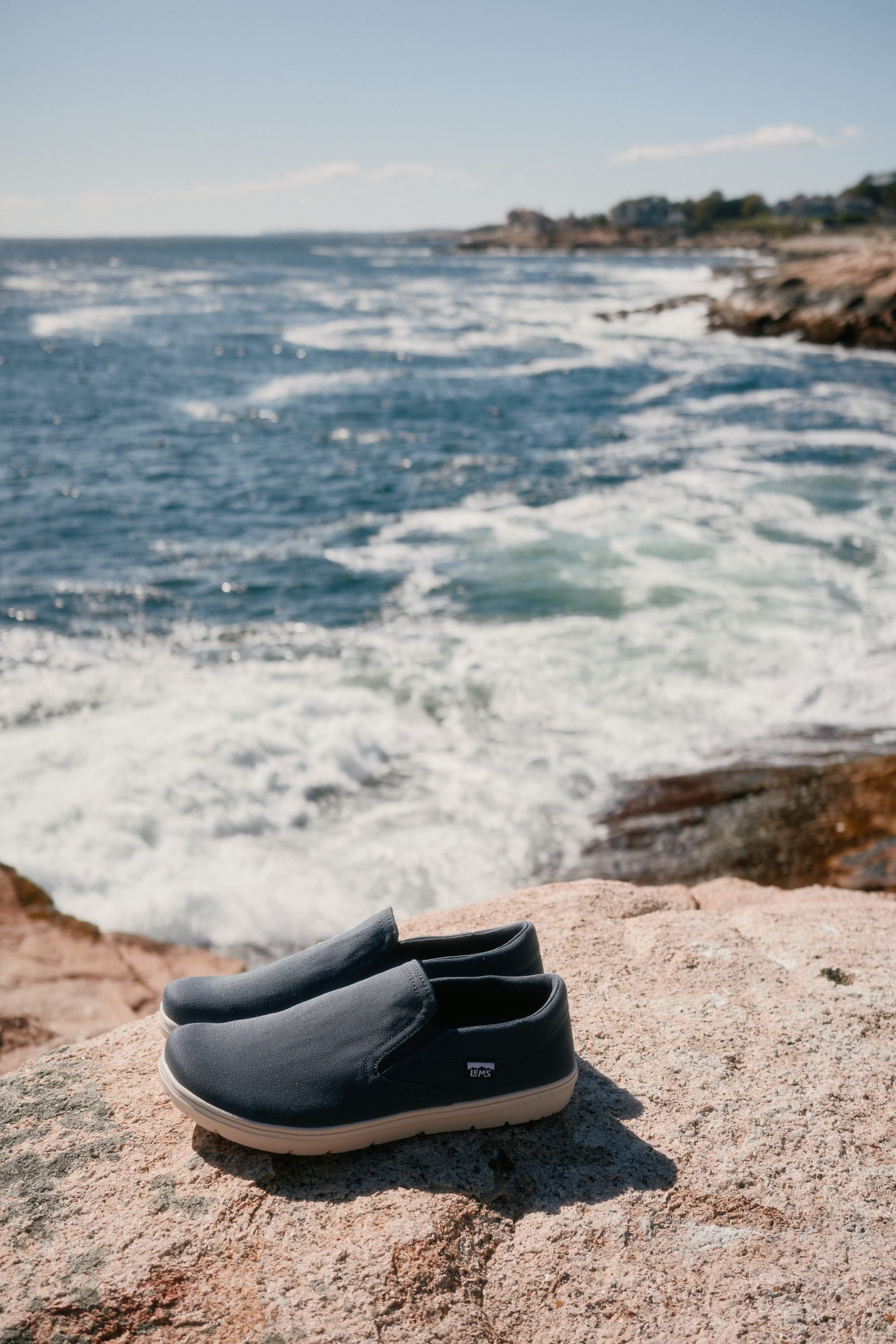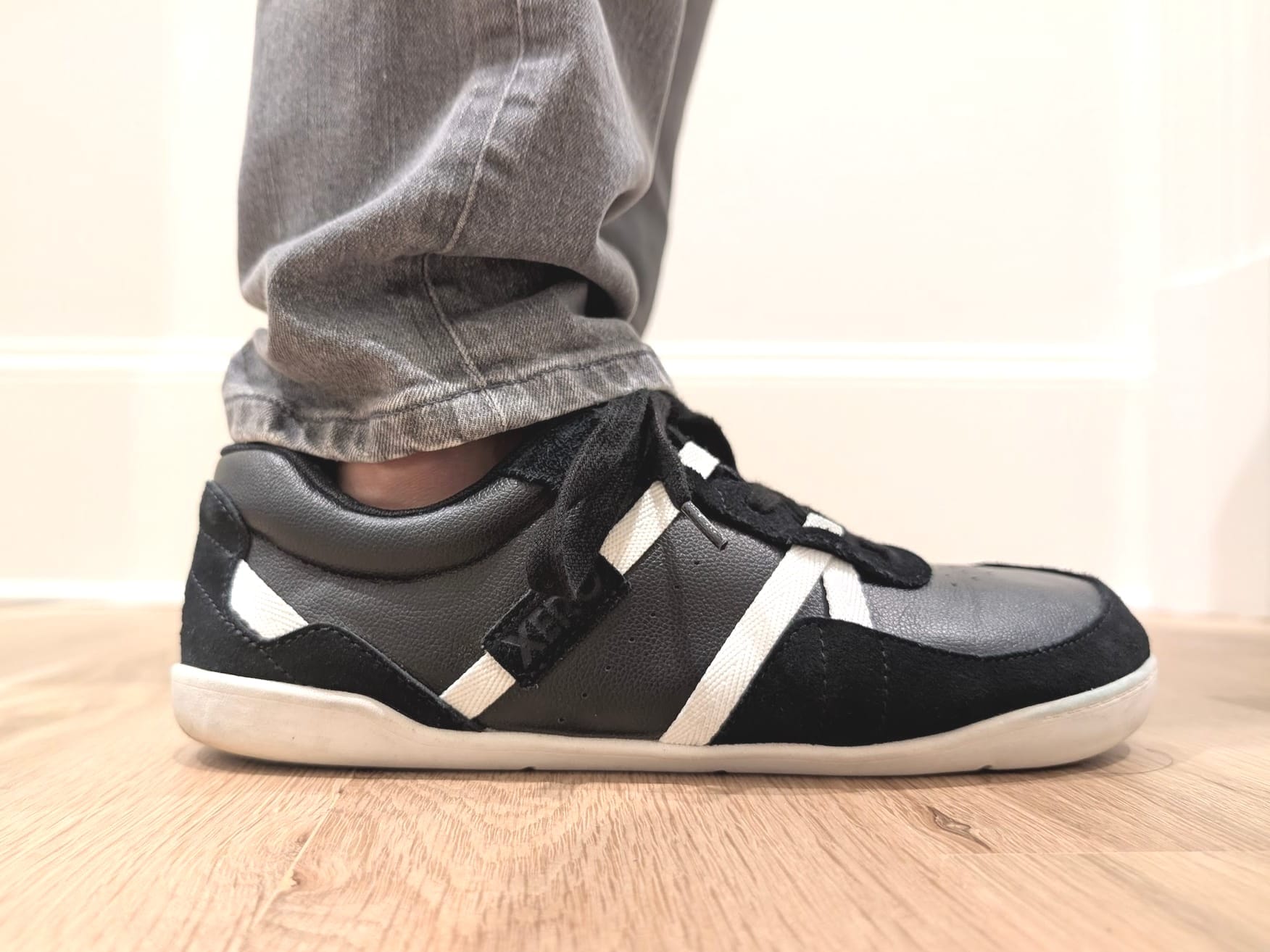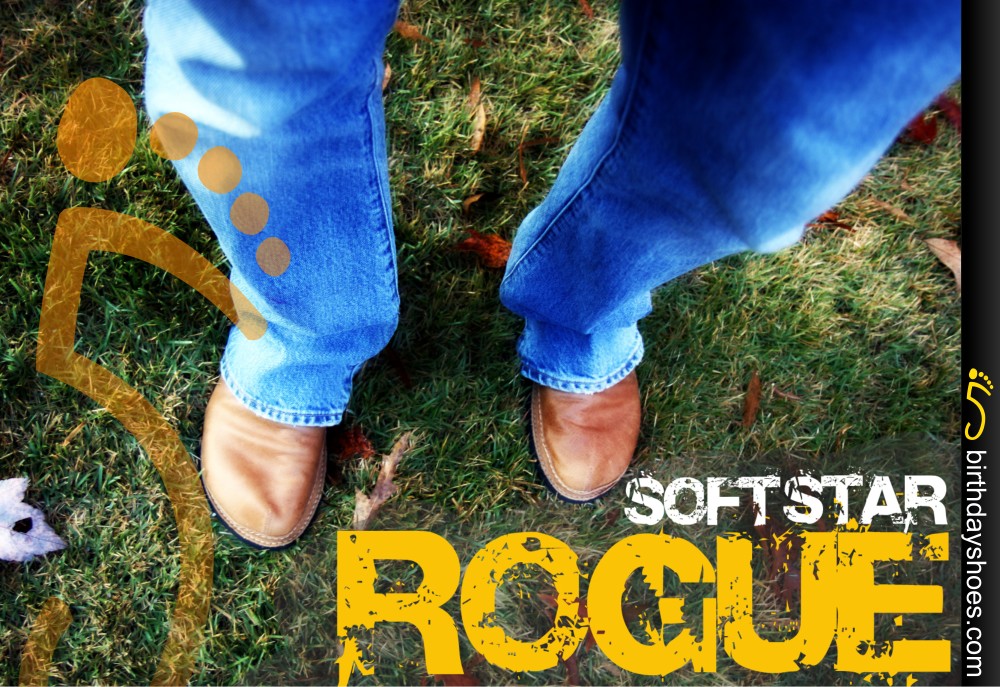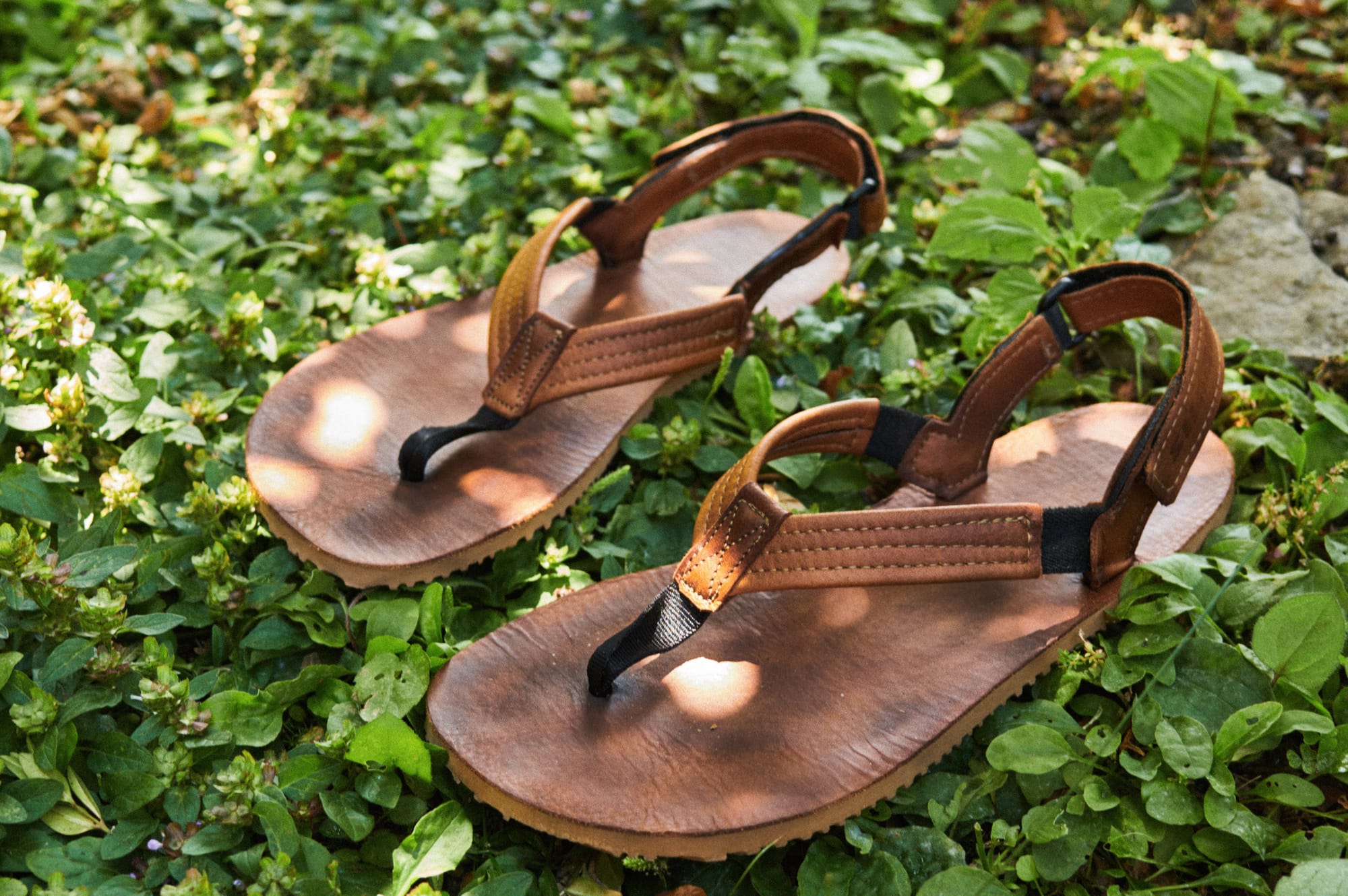Lontra Vibram FiveFingers Review
One of the inherent drawbacks to the minimalist nature of Vibram FiveFingers (VFFs) is that, being extra close to the ground, they are highly susceptible to letting in moisture and the cold. While this isn’t really a problem during the summer months, t…
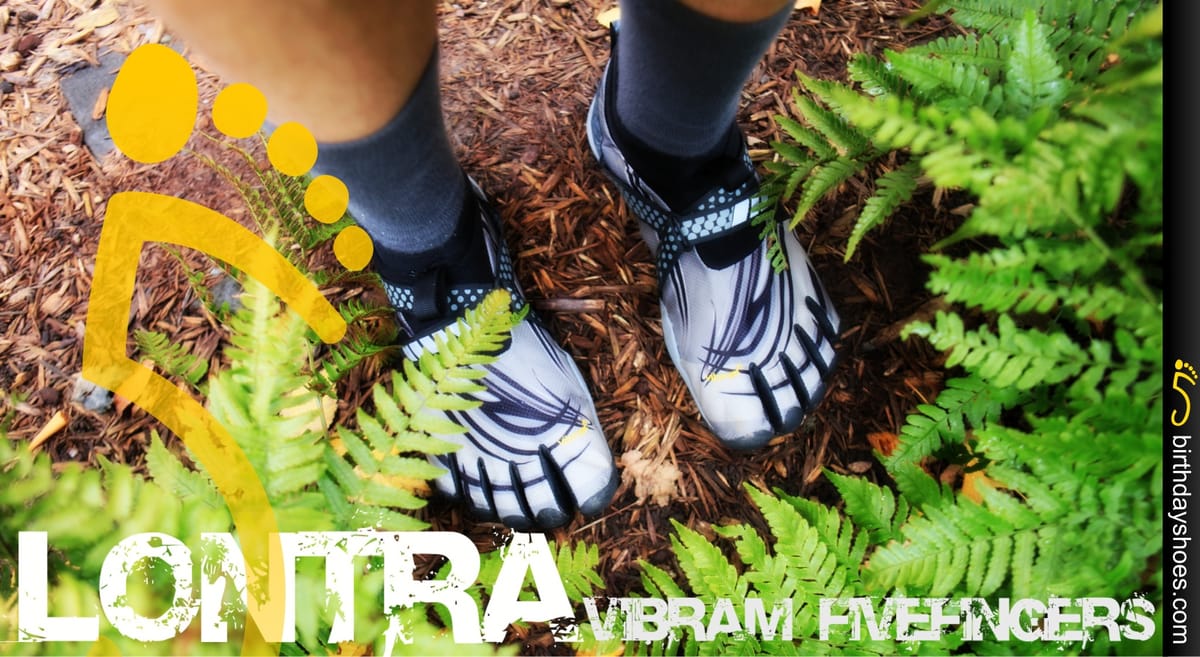
One of the inherent drawbacks to the minimalist nature of Vibram FiveFingers (VFFs) is that, being extra close to the ground, they are highly susceptible to letting in moisture and the cold. While this isn’t really a problem during the summer months, there is nothing worse in the winter than stepping in the shallowest of puddles and ending up with wet toes and soggy socks for the rest of your run.
The Vibram Flows, which had the classic razor siped sole and thick neoprene upper, were a great way to combat cold feet but weren’t designed to be water resistant. This is where the VFF Lontra comes in. The Lontra and the Speed XC are Vibram’s first foray into toe shoes with serious waterproofing capabilities.
OVERVIEW
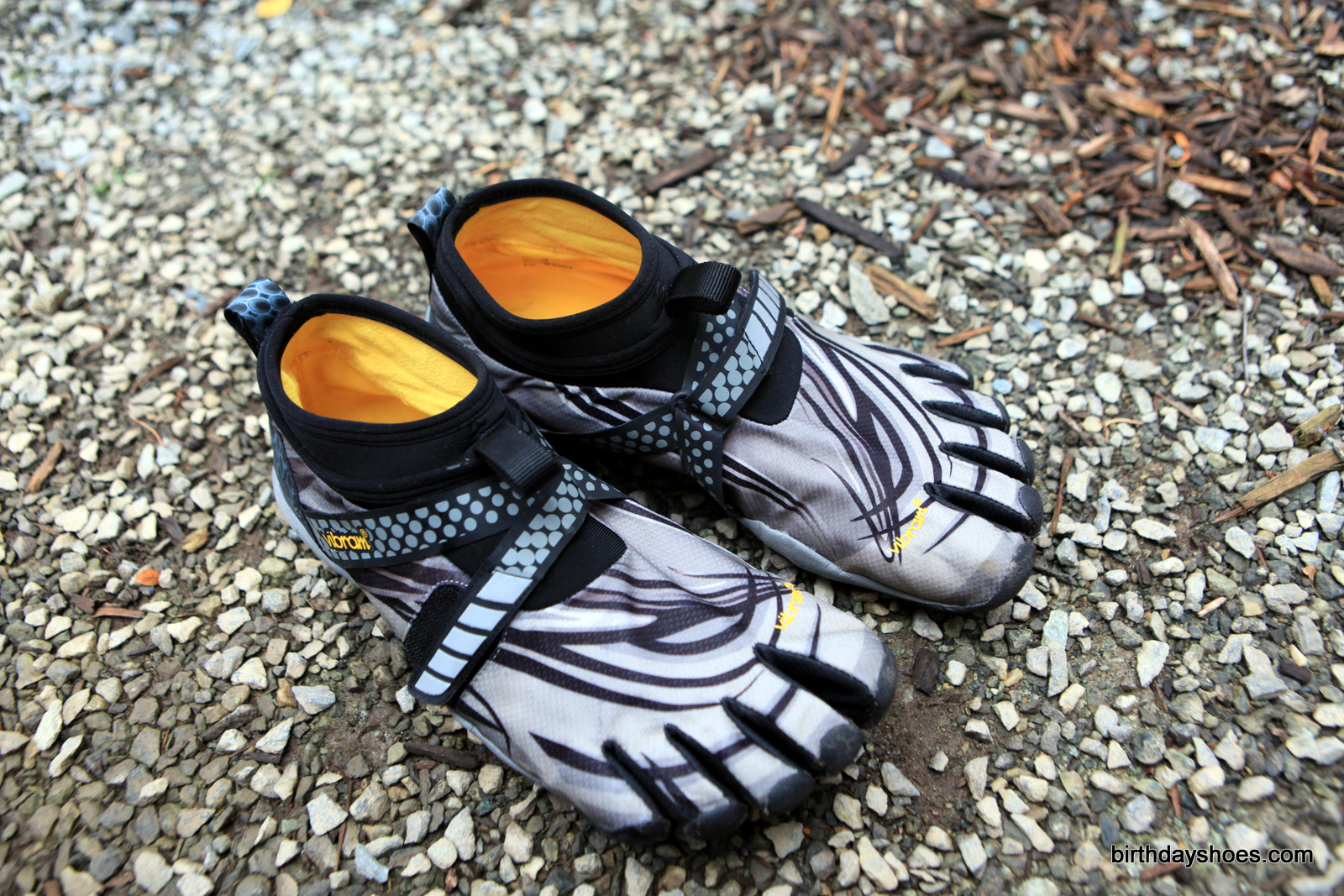
Here’s a quick summary to get you acquainted with the Lontra:
Upper: The upper is a laminated stretch mesh coupled with a water resistant membrane. The section above the metatarsals of the foot is a thin fabric and is quite flexible. The tongue area and upper ankle cuff are made of neoprene and feel slightly thicker than what you might find on the Flow. Inside is a micropile fleece, which is soft on the skin without any noticeable interior seams that might irritate the foot.
The closure system is a Velcro strap that runs across the top of the foot and allows you to cinch things down as needed. The “sticky” half of the Velcro is the large patch on the side of the shoe and the fuzzy half is on the bottom of the strap. In my opinion this should be reversed because I find that the large sticky patch can easy attached itself to carpet if it falls on its side.
For men, the Lontra comes in one colorway, which is a drab black and grey, but still manages to stay quite busy with a misjmash of swoops, squares and polka dots. The women’s version keeps the same pattern, but adds in some pinks, purples and magentas. You’ll either love or hate their style, but they don’t scream at you with high-viz yellow or orange like the Seeya, Treksport or KomodoSport.
Sole: The sole is TC-1 Dura Rubber with an EVA midsole. The tread pattern is the same as you find on the Treksport, Trek LS and Speed XC. The sole has thick lugs under the midfoot and heel and has a very aggressive pattern under the soles. This is the most robust VFF sole to date, and Justin speculates in his Speed XC First Look that perhaps this was done to provide more insulation and keep the feet protected from the freezing ground.
Price/A few other things to note: A pair of Lontras will set you back $150, which makes them the most expensive pair of Vibrams in production right now. (The Bormio boots from a couple years back retailed for $160.)
There are loops on the front of the ankle and at the back near the Achilles. These are crucial in getting the Lontras onto your feet (more on that below). There are reflective sections on the Velcro straps and on the rear heel loop.
The Lontras weigh in at 6.75 oz for a Men’s size 43 (the pair is 13.5 oz). Women’s size 38s are 5.4 oz (10.8 oz for the pair).
FIT—So how do they feel?
Bottom line: Lontras are snug. The Lontras are without a doubt, and Justin agrees, the most difficult pair of VFFs to get on and take off. The neoprene ankle cuff has very little give and stretch to it and even an Original Weight Inijinji sock can add enough unwanted thickness to make fitting noticeably more difficult. A thinner, more sheer sock like the Injinji Lightweight or the ToeSox Ultralite can help grease the groove a bit. (Full a roundup of toe socks, check out this post from a couple weeks ago.)
I’ve found the easiest technique to getting the Lontras on is to start putting your foot in, crush the back Achilles part down with your heel as you get your toes seated in their pockets, and then bend the heel of the sole down and away from your foot so that you can get enough slack in the neoprene and leverage to get the cuff up and over your heel. Finally, make sure the neoprene cuff Achilles doesn’t get tucked under itself in the back. I found that the Velcro closing strap isn’t needed too much, but if you like things extra secure, you can certainly tighten it down.
One of the complaints I’ve heard from new VFFs users is that they find the feeling of something between their toes to be unsettling. I had never really noticed anything like this until the Trek LS, which has an all leather upper and as result of the material used has thick seams between the toes. With the water proofing, these thicker toe seams appear to have carried over the Lontra and Speed XC.
Speaking of toes, there isn’t any stretch or flexibility in the toes due to the extra thick sole. Because of this stiffness, I’ve recently discovered that the “index toe” on my left foot is just slightly longer than on my right foot. While the Lontra didn’t give me any specific issues here, I’ve ended up with some bruising under the toe nail after hard runs in the Speed XCs.
I should also not that if you have large ankles (which mine are borderline), over several hours the neoprene cuff can dig into your ankles and leave an indentation ring. If you’ve ever worn tight dress socks during an 8 hour work day, then you know the drill. If you’re on the fence between two different sizes, or if your feet tend to swell, consider going to a larger size than you normally wear.
PERFORMANCE—Are they waterproof?
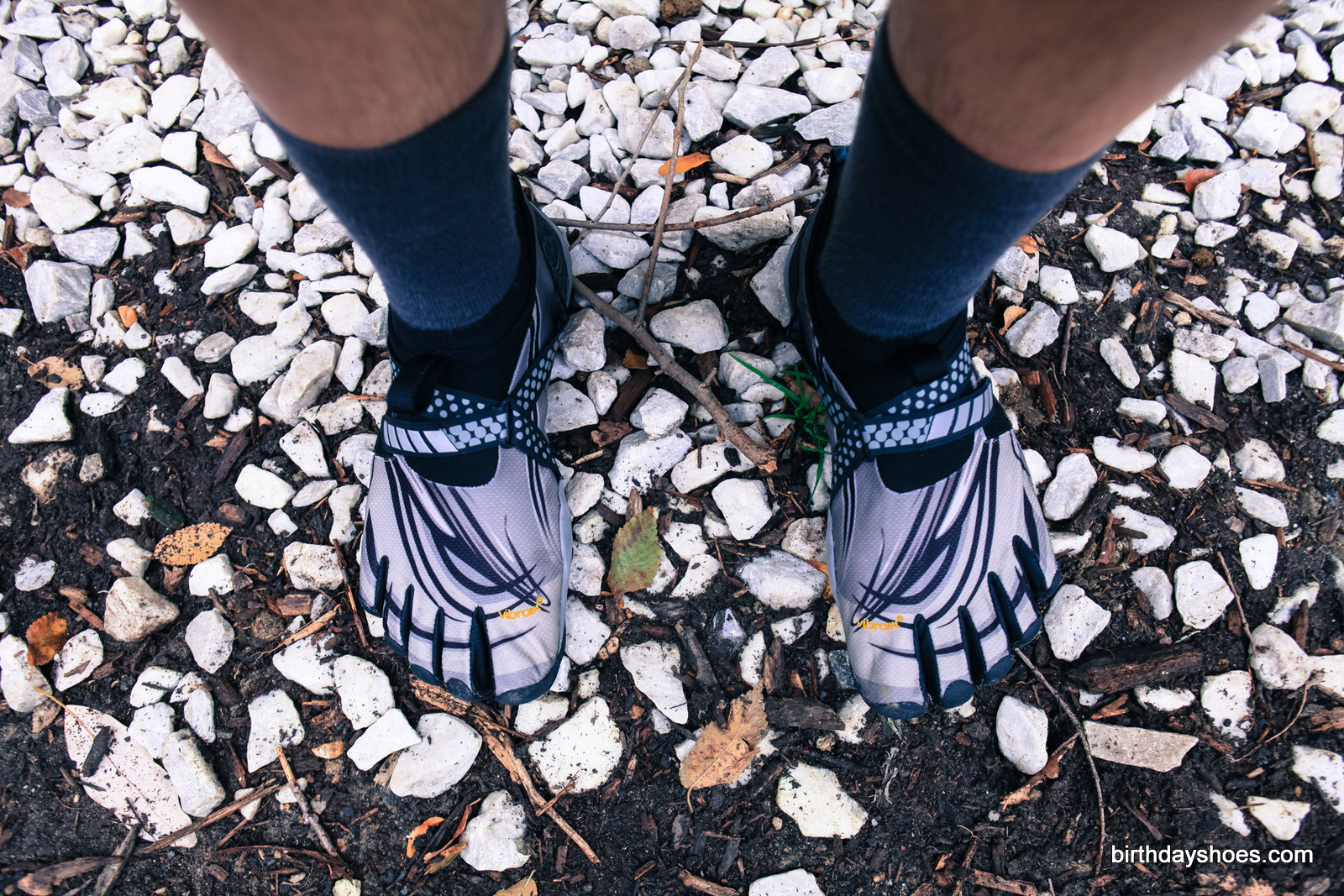
The waterproofing really does work! Justin has a great video on the waterproofing qualities of the Lontra and I conducted my own water proofing test during Hurricane Sandy with a bike ride in a wetsuit.
On a few initial trail runs which went through several creek crossings and puddles, I discovered what a strange feeling it is to expect to instantly have wet toes and feel…nothing at all! I followed up separately with some full immersion testing in my bathtub—after standing around in ankle-deep water for a full five minutes there was only a minimal amount of moisture on the top of my foot and in between my toes. You might be able to compare the feeling to just having just the tiniest bit of sweat in between your toes.
Which leads me to my next point: with the waterproofing comes a major loss in breathability. That great lining that keeps water out works in reverse and keeps sweat in. You’re not going to want wear Lontras during the summer, or even above 60 degree temperatures when exercising. If your feet get sweaty, they are going to stay sweaty. I’m a socks with FiveFingers type of guy so I haven’t had any issues with stinky shoes or foot odor, but I anticipate that things could get rather pungent in the long term.
And what is running in them like?
By design, the Lontra’s lend themselves to a specific type of running: cold, wet, off roading. Think of them as the rugged, heavy duty boots of the VFF world—perfect for runs on dreary winter days and slogs through messy conditions. Compared to something like the SeeYa or Bikila models, they feel clunky and heavy on flat, smooth surfaces, but really shine when the going gets tough, thanks to the Trek sole.
Ground feel and transmission is muted compared to more minimal VFFs models, but the zero-drop heel will keep you running barefoot style. Over several weeks of testing I managed to use them on a variety of surfaces. While they felt somewhat unwieldy doing sprints on the track, they felt okay at an endurance pace on asphalt and the treadmill. Going off road, they gripped frost-covered grass as best as expected and worked well on hard and loose packed dirt trails. Rock scrambles and small pebbles underfoot posed no problems either. I even made it down to the beach on a crisp Fall day. Having the tall neoprene upper around my ankles kept sand from getting inside. As perfect as they are for sandy terrain, I wouldn’t recommend wearing them at the beach during the summer due to overheating discomfort.
Are the Lontras for you?
So should you pick up a pair of Lontras? Here’s my pros and cons list to help you make a decison:
Yes, get them if ...
- ... you run in cool, wet conditions like winter rain or snow. The waterproofing works very well in fact--these are worth it for dealing with any type of moisture. If they can hold up just fine in the bath tub or in a hurricane, you’ll never worry about morning dew, shallow puddles or thick soupy mud again!
- ... you plan to be in cooler temperatures for long periods of time these do keep your feet warmer than Flows. With the thick sole and aggressive tread pattern, they’d be great for cool weather hiking or camping or even just wearing casually in freezing temperatures.
No thanks, I’ll pass on these because ...
- ... the price is too high! $150 seems step for a pair of niche shoes. But they actually a bit cheaper compared to some other high end running shoes from companies like Skora or Newton.
- ... I don’t like the sole. The Lontras and Speed XCs have a chunky sole. If you’re accustomed to something a bit more subtle, this may not be a deal breaker, but is certainly a consideration.
- ... I don’t plan on running in the wet. If you need a minimalist shoe for winter road running on dry surfaces, and you’re not running in below zero temps, consider a pair of thick socks or even a pair of Flows, if you can find them since they’re out of production. I’d stick to a regular pair of VFFs for winter running if it's temperate enough. My current favorites are SeeYas and Bikilas for the road and Spyridons or Vivo Barefoot Neo Trails for off road.
Conclusion
I’ve wanted something like the Lontra for a long time now. The waterproofing works extremely well and they definitely have a place in my collection. These shoes are robust and will handle anything you can throw at them. They are a great cold and wet weather, go anywhere, tackle any terrain Vibram Five Finger. The sole isn’t my favorite and I think it leaves a bit to be desired for road running—the shoe just feels a bit chunky on asphalt—although it really shines on the trail.
Here's my original photo gallery from my first look for further photo goodness:

